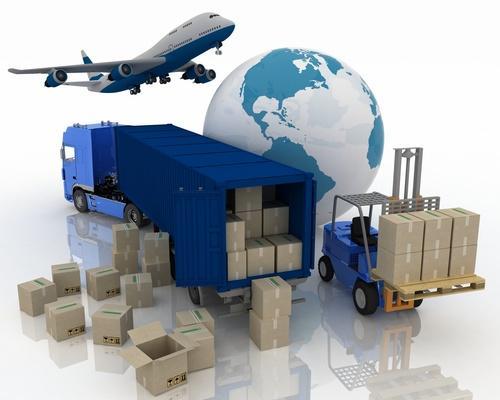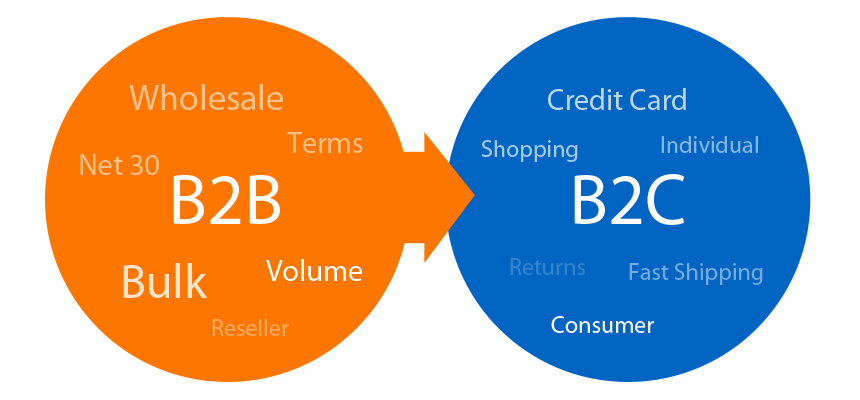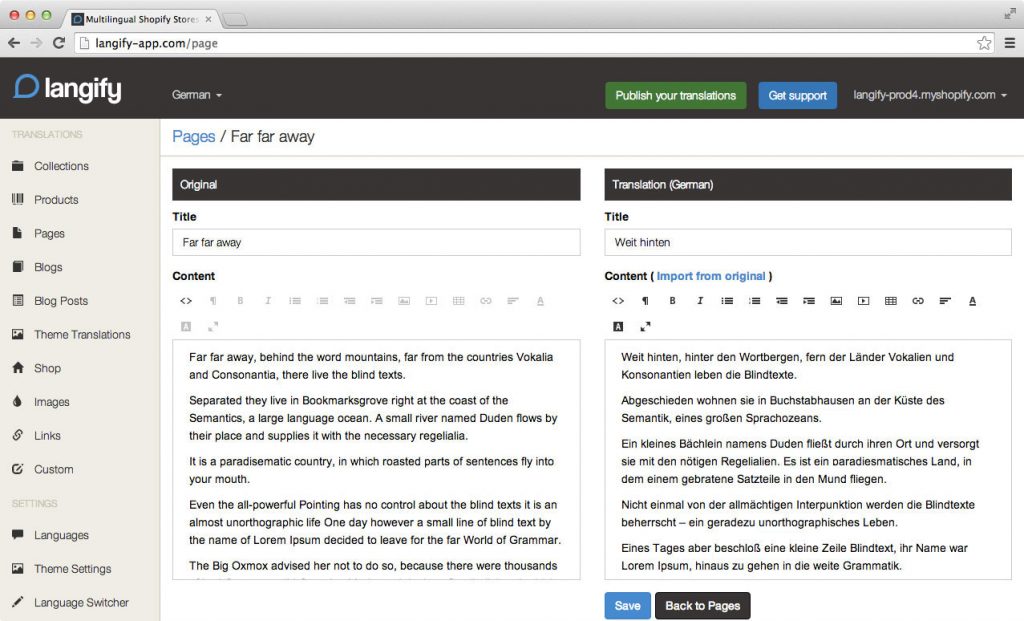30 Jan

How to sell Worldwide with Shopify
Here is a complete guide for “How to sell worldwide with Shopify”.
There are variety of ways to grow your e-commerce business.
In this article we will discuss following topics:
- What are global e-commerce opportunities?
- Is international e-commerce right for you?
- How to get started in global market with Shopify?
- How to expand your global presence?
- How Shopify Plus handles global e-commerce?
1. Global E-Commerce opportunities
E-Commerce sales are growing globally because of the access to faster technology and better e-commerce infrastructure.
Probably you might remember few years back it e-commerce was not much trusted platforms. There were only few site who stood trustworthy. Hence, it was much harder to find the exact thing that you want.
Moreover, e-commerce continues its growth globally with better technology available worldwide and higher middle-class incomes. Global retail-commerce sales are expected to grow more.
2. Is international e-commerce right for you?
a. Why to go internationally?
International e-commerce is the best solution to expand your business. You can easily scale your business in lots of ways. Expanding internationally is one of them. They main reason to go global is the revenue that comes from expanding your business.
Scaling globally doesn’t mean you can scale in other ways. You can sell B2B wholesale. And you can introduce new products or target multiple market segments. You can sell through social. With international e-commerce you can reach broader audience.

b. When should you start thinking about global market ?
4 green signals that you are ready to go global are:
Domestic Bliss: If you have consistent success in your domestic market that means you have a solid product.
Ad Fatigue: This happens when your targeted audience sees your ad for the 50th time. Therefore, run your ad infront of new audience.
Desire: You can use multiple markets when you desire to scale your business.
Data Analytics: This tells you from where your audience is coming from. Have a track on from where they come and what they see.
c. Will your product work globally ?
Not every product is ideal for international market. The reasons could be; they are too expensive to sell overseas or you may not find enough buyers.
Here are 3 criteria you can use to see if going global is an option for you:
Shipping fit: Can you ship your order easily?
The products that are small and lighter in weight are easy to get shipped.
Technological fit: Does your product works in new market ?
Technology standards around the world could mean that your product will work out well in one market, but not in another.
Cultural fit: Does your product make sense for the customers in new market?
People living around the world have different cultures. Therefore, choose ideal products according to the market you are targeting

3. How can you start in global market with Shopify ?
By reading up till now, you might be thinking that growing your business globally is the good option for you. But still I would suggest you to start with a small scale. There are some major things you can do to sell worldwide with Shopify. Let’s have peek in these points in detail:
- Finding international customers
This is one of the first challenge that you have to face. Look at the market where e-commerce is active and growing fast. Because expanding to these markets is easier as your audience is used to transacting online. Just make sure your product is according to the market you are targeting.
Secondly you can reach out to research blog, forums and other online platforms to showcase your products. As this can help to get you some initial brand recognition.
- Multi-lingual Shopify store
To have your store in local language attracts customers because they can easily understand the content.
In additional there are number of translator apps like Langify and Multi Lingo to implement multi-language and language selector on your store.

- Show local currency
You can display prices in local currency by using apps like Currency Switcher , this app uses the current exchange rate to automatically switch the price display to local currency.
Hence this make easy for the customer to shop from your store this can increase your sales.
- Create complaint services
As many regions and jurisdictions around the world have different rules and regulations for taxes and invoice formats. Therefore, you can automate your invoice and set up complaint templates using apps like Sufio.
This app allows you to set up invoices in multiple languages and currencies.
- Provide global shipping
Shipping cost plays an important role in customers purchase. If the shipping cost is not shown at front and end up being higher than customers’ expectations this can be a negative impact on customer.
In addition, you can use tracking services like AfterShip and Tracktor to keep customers updated about their order.
4. How to expand your global presence
Once you start getting good response through international market, you will want it to keep going. That can be done in two different ways.
- Test more new markets
Find the new markets that fits in your criteria and looks profitable to you. Test them first, if they work out for you than go ahead.
- Solidify the existing market
Once you have established in your new market now, it’s time to for permanent infrastructure in your business. The things you need to go through for solidifying in market are:
1. Get legal and accounting help
2. Pay your taxes
3. Work with local suppliers
4. Take advantage of local warehouse and fulfillment
5. Use local shipping providers
6. Use native language writers for translation
5. How does Shopify Plus handles global presence ?
Shopify Plus is great for merchants who wants to grow and scale their business. It offers high-quality tools for merchants if you are willing to scale internationally.
Moreover, when you create a Shopify Plus account, you get access to 10 total storefronts from that one account. Each storefronts can host an entirely different site and each of which will be managed separately. They can use a sub-domain or totally a different domain name.
Managing each storefront
When it comes to manage the store. Everything will be manage separately
- Inventory
- Orders
- Products
- Analytics
- Communications
If you still want to manage all stores from the same screen, Shopify Plus open APIs will allow you to work with any third-party logistics and management software you choose. That flexibility means that no matter how many new markets you take on, you can manage them separately or from a single screen, depending on your preferences.
Currency and Payment methods
Shopify Plus works on to add automatic currency conversions. That means shoppers will see local (or a major regional) currency while shopping.
In addition to currency, Shopify Payments is increasing the number of ways that customers can transfer money. Credit cards are always an option, but now bank transfers and apps preferred in other locales are being offered as payment options.
Language
Shopify Plus allows you to geo-locate based on IP address, and then flawlessly send visitors to the correct site. While you can use apps for translating the language to the desired language.

Wrap Up
To summarize “How to sell worldwide with Shopify” there are lot of things you can do with your Shopify store to scale it globally. Plus you can use variety of Shopify apps to enable many features on your store.
With platforms like Shopify and Shopify Plus it is more flexible, multidimensional and most importantly easy online store management, the e-commerce industry shows no signs of slowing down. Like all new experiences, there’s some trial and error involved in finding the right strategy for selling internationally.
When you are ready to build a global Shopify business, we’d love to help you.
